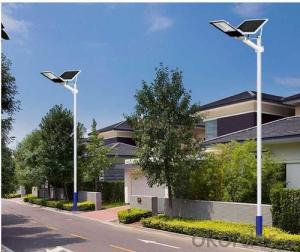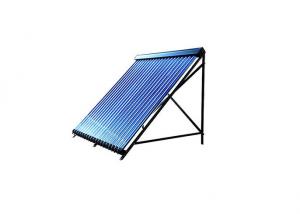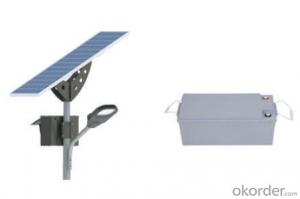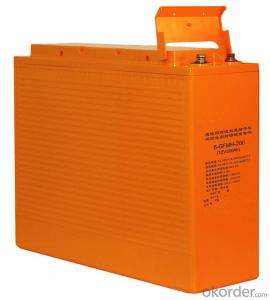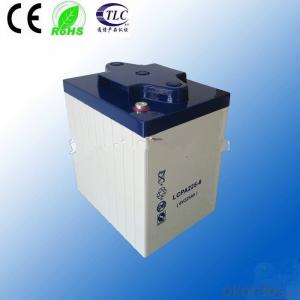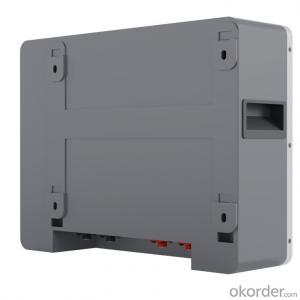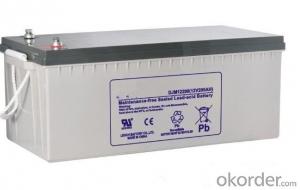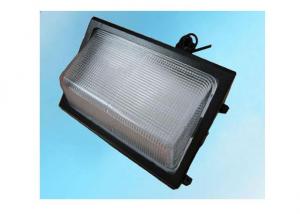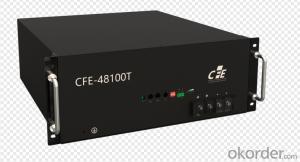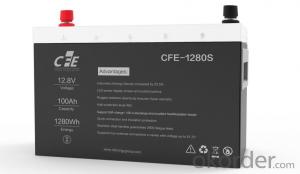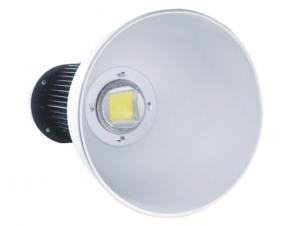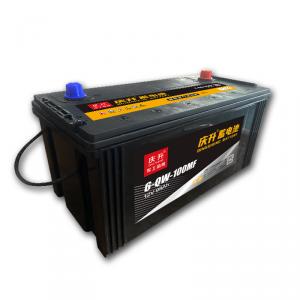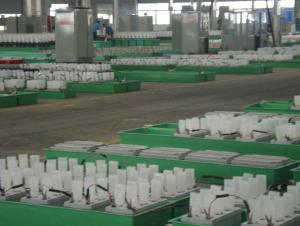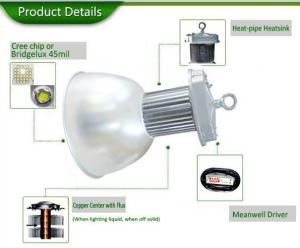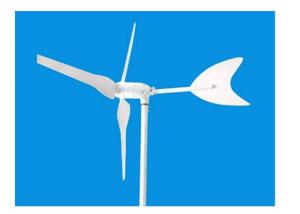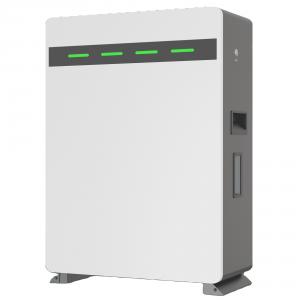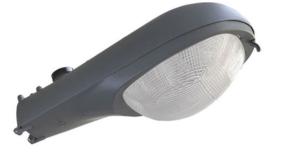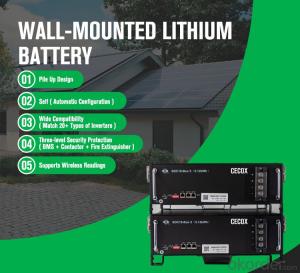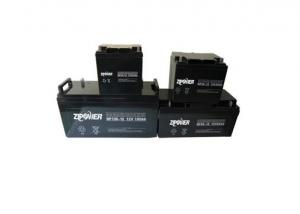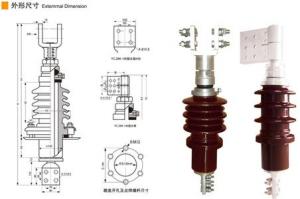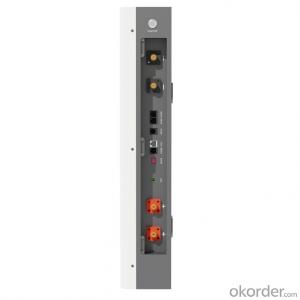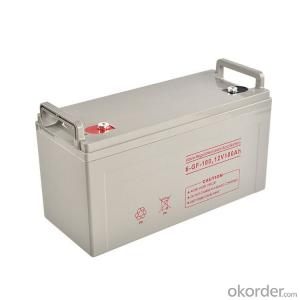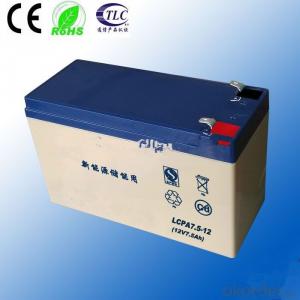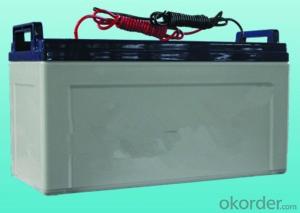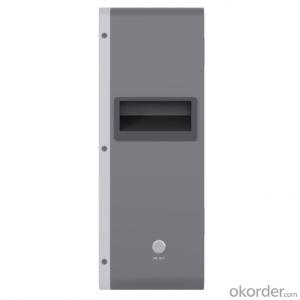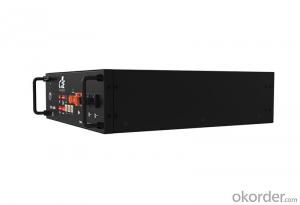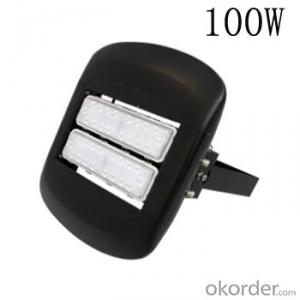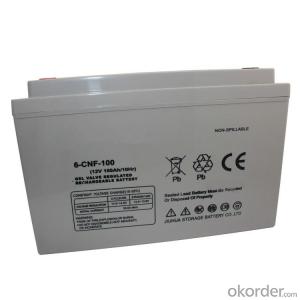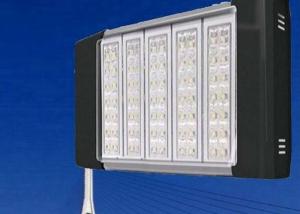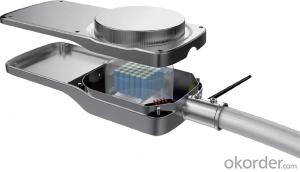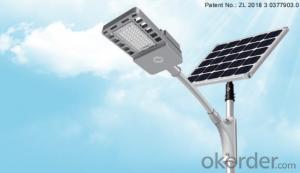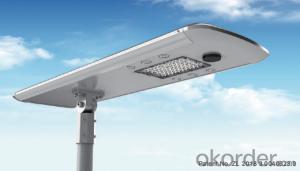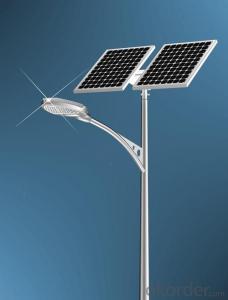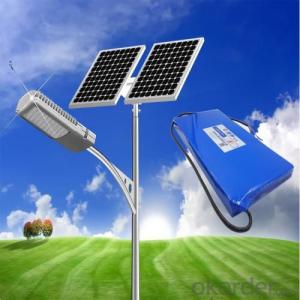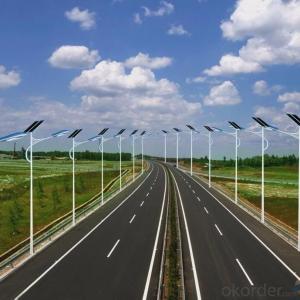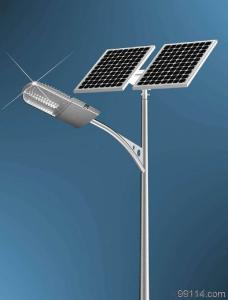100 Amp Hour Lithium Battery
100 Amp Hour Lithium Battery Related Searches
100 Ah Lithium Battery 100ah Lithium Battery 200 Amp Hour Lithium Battery Lithium Battery 100ah Lithium 100ah Battery Lithium Battery 12v 100ah 12v 100ah Lithium Battery 12v 100ah Lithium Ion Battery Li Time Lithium Battery 50ah Lithium Battery 200ah Lithium Battery 300ah Lithium Battery Lithium Air Battery Lithium Battery 300ah Solar Lithium Battery Lithium Battery Charger Lithium Battery Pack 20v Lithium Battery 48 Volt Lithium Battery 3 Volt Lithium Battery 12 Volt Lithium Battery Charge Lithium Battery 12 V Lithium Battery 12v Lithium Battery Lithium Solar Battery Lithium Battery 12v Lithium 12 Volt Battery Lithium Polymer Battery 48v Lithium Battery Lithium 12v Battery100 Amp Hour Lithium Battery Supplier & Manufacturer from China
The 100 Amp Hour Lithium Battery is a high-capacity energy storage solution that features advanced lithium-ion technology. This product is designed to provide reliable and efficient power for a wide range of applications, making it an ideal choice for various industries and uses. The 100 Amp Hour Lithium Battery offers a combination of high energy density, long cycle life, and low self-discharge, ensuring optimal performance and durability in demanding environments.The 100 Amp Hour Lithium Battery is widely used in applications such as electric vehicles, renewable energy storage systems, backup power supplies, and portable electronics. Its versatility and robustness make it suitable for both indoor and outdoor installations, where it can withstand harsh weather conditions and provide consistent power output. The battery's ability to deliver high currents and maintain a stable voltage output makes it an excellent choice for applications requiring high power and energy density.
Okorder.com is a leading wholesale supplier of the 100 Amp Hour Lithium Battery, offering a vast inventory of this high-quality product. As a trusted distributor, Okorder.com ensures that customers receive the best possible pricing and service, making it easy to source and purchase the 100 Amp Hour Lithium Battery for various applications. With a commitment to customer satisfaction and a focus on providing top-tier products, Okorder.com is the go-to source for the 100 Amp Hour Lithium Battery and other energy storage solutions.
Hot Products
